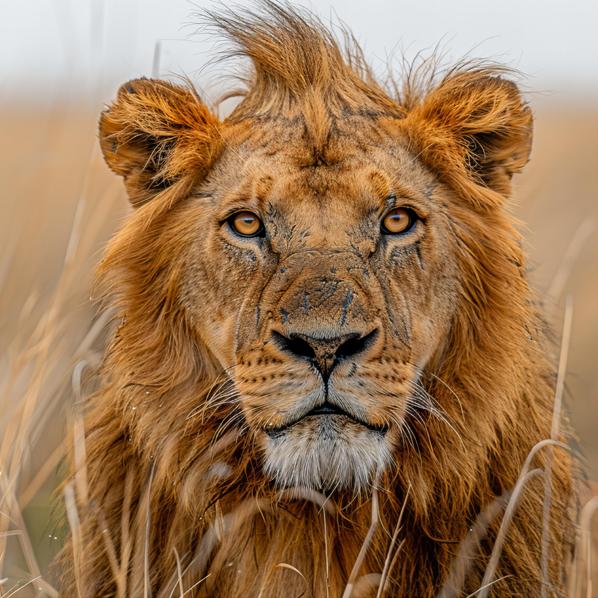
GROWING TOGETHER
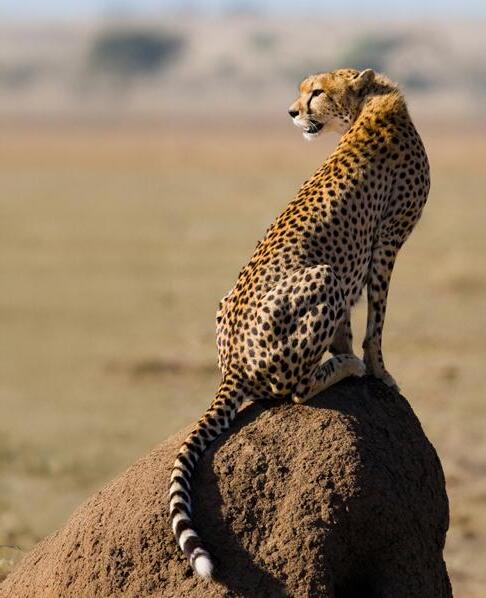





Large carnivore species across Africa have become increasingly vulnerable. With growing human populations, the space and resources these notoriously wide-ranging animals need are depleted, often to the point where carnivores can no longer persist. In Zambia, a country that houses critical populations of endangered carnivores, the Zambian Carnivore Programme (ZCP) researches and mitigates current and prospective threats to all major large carnivore species.
Vreugdenhil Bulbs & Plants gets their products for African Breeze from Africa and therefore wants to give something back to that continent. That’s why Vreugdenhil Bulbs & Plants donates to the ZCP, so that the research, education and support of the large carnivore species can be continued.
Every year Vreugdenhil Bulbs & Plants donate a wonderful amount following the sales of their African Breeze products!
www.zambiacarnivores.org
The Zambian Carnivore Programme is, amongst others, financially supported and made possible by: WWF and National Geographic.
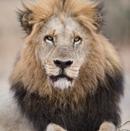
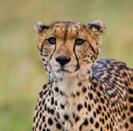
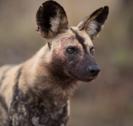
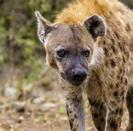
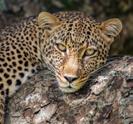
Zambia is one of the few remaining countries with large populations of the most social of the big cats. The Luangwa valley houses one of Africa’s last 10 lion strongholds with the large expanse of Greater Kafue housing the country’s second largest population, and Liuwa Plain holding a small and recovering one, led by Lady Liuwa.
Another threatened species, the world’s fastest land mammal resides in the Greater Kafue and Liuwa Plain study areas, though once was also found in the Luangwa and could eventually be returned.
Cheetah can range over thousands of kilometers in Zambia, making them and wild dogs the largest ranging species.
One of Africa’s most endangered carnivores the wild dog has been eliminated from most countries it once occurred in and Zambia is one of six countries with viable populations of this species, with the largest populations centered in the Greater Kafue and Luangwa valley ecosystems. The most social of the dog family, wild dogs are a unique genus and live in tightly knit social groups as packs, communally rearing their young and defending territories.
As Africa’s most widespread, successful and socially complex large carnivore hyaena are of key importance and found in every ecosystem we work in. Maligned as a dirty scavenger, hyaena are actually prolific hunters and wonderful mothers, living in a clan system where rank and maternity rule.
The most solitary of the big cats, leopard are found throughout Zambia, with the Luangwa valley being the reknown ‘Valley of the Leopard.’ Seldom seen in most ecosystems throughout the continent, leopards are regularly observed in the Greater Kafue and Luangwa.
The Zambian Carnivore Programme works across three distinct ecosystems in Zambia, each encompassing a wide range of biological, environmental and human variation.
In the absence of fences, the carnivore populations in the South Luangwa, Kafue, and Liuwa Plain National Parks traverse freely between the fully protected parks and the semisecured, surrounding Game Management Areas (GMAs), which in turn comprise massive protected area complexes of up to 70,000 km2.
Each study site differs substantially in carnivore and herbivore abundance, diversity, and distribution as well as in ecological uniqueness, climate, and human impacts. In concert this multi-site approach allows us to best obtain the necessary information on Zambia’s conservation threats and take steps to address them.
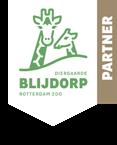
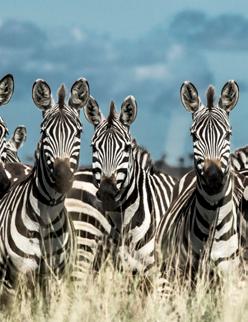
New this year: Vreugdenhil Bulbs & Plants have adopted zebras!
That makes us a partner of Diergaarde Blijdorp (Rotterdam Zoo), one of the oldest zoos in the Netherlands.
With our support, we contribute to the welfare of the zebras in Blijdorp Zoo and to conservation projects to protect their natural environment.

THE DUBIUM ONLY GROWS IN NATURE IN THE CAPE PROVENCE IN SOUTH AFRICA (TABLE MOUNTAIN ON THE SOUTH CAPE). ORNITHOGALUM
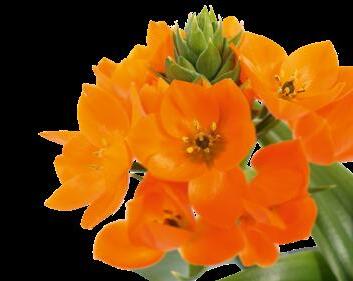
ORNITHOGALUM DUBIUM COLLECTION: 10,5 CM (ORANGE)
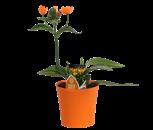

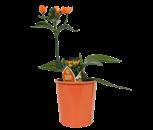

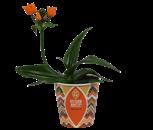

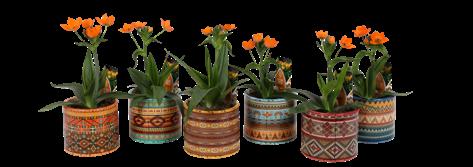




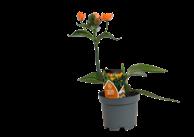

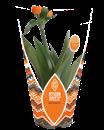

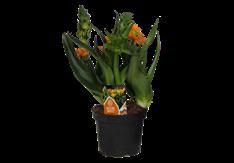

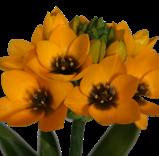

ORNITHOGALUM
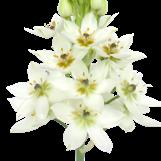

THYRSOIDES WITH LABEL 612046 12
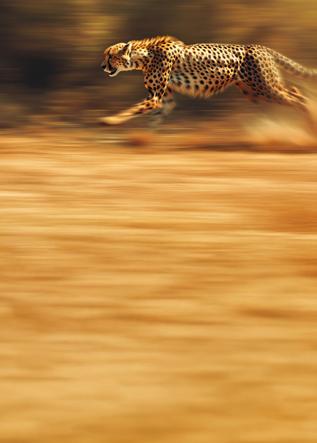
CHEETAHS DON’T ROAR, THEY MEOW, PURR AND CHIRP.
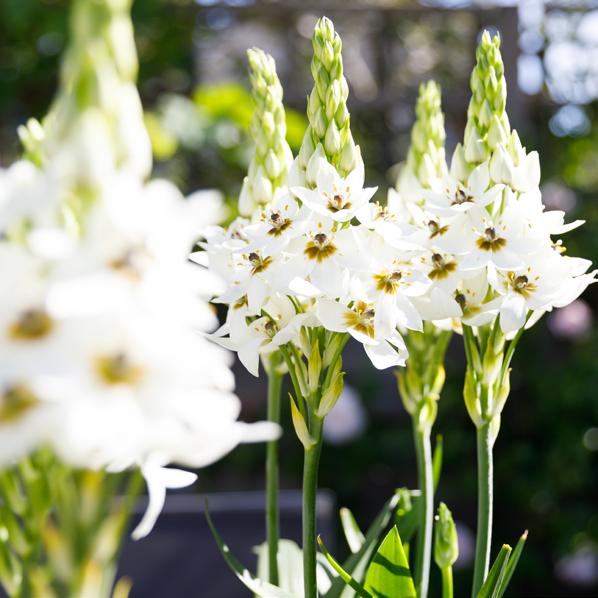
THE SOUTH AFRICAN ORNITHOGALUM
THYRSOIDES IS ALSO CALLED CHINKERINCHEE OR WONDER-FLOWER.

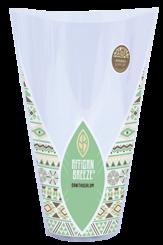

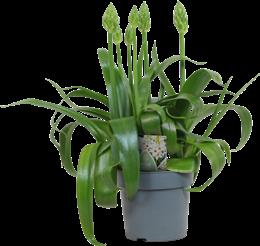


ALBUCA SPIRALIS I S COMMONLY CALLED THE CORKSCREW
ALBUCA OR FRIZZLE SIZZLE.
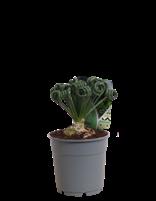

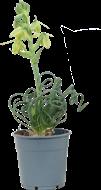




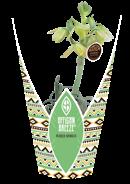


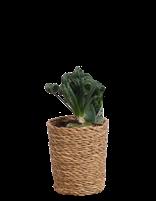






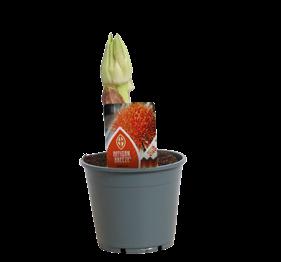

LABEL

_______
LIONS EAT 11-16
POUNDS OF MEAT PER DAY.
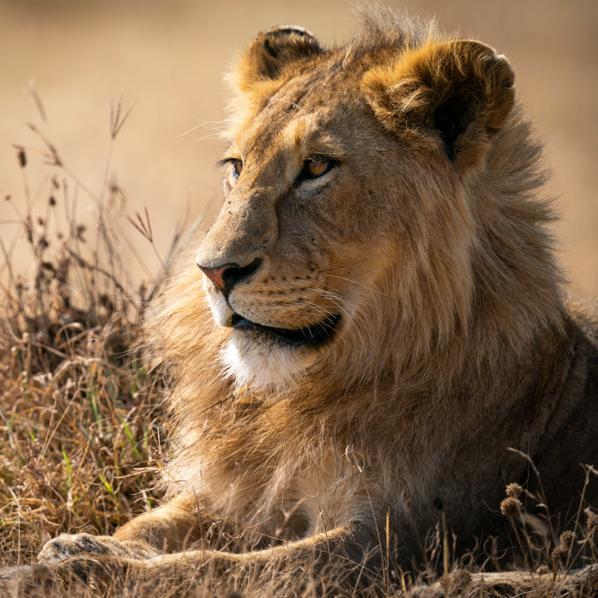
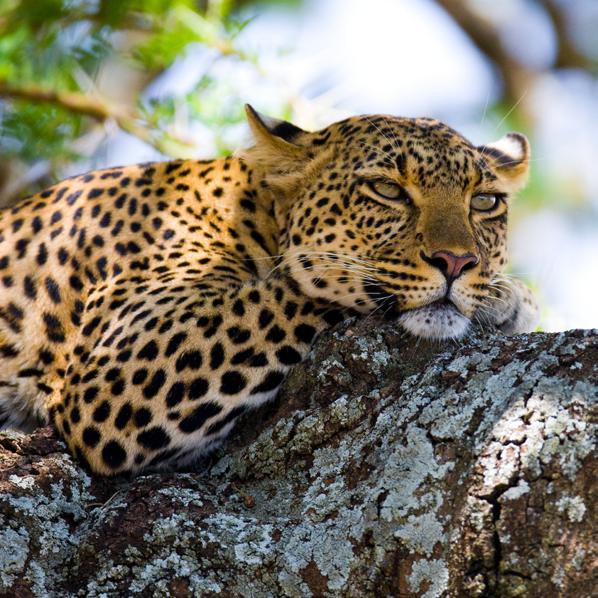
LEOPARDS, NOCTURNAL HUNTERS, WILL STALK THEIR PREY QUIETLY AND CAREFULLY.
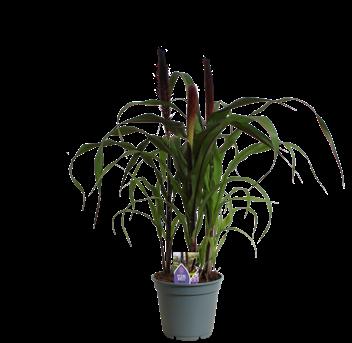

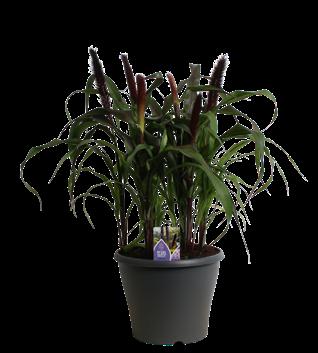

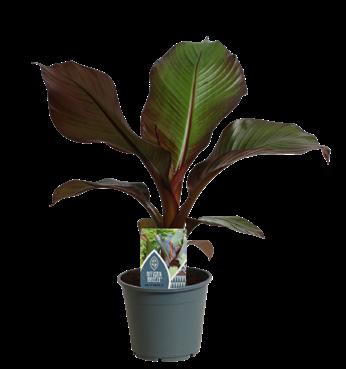

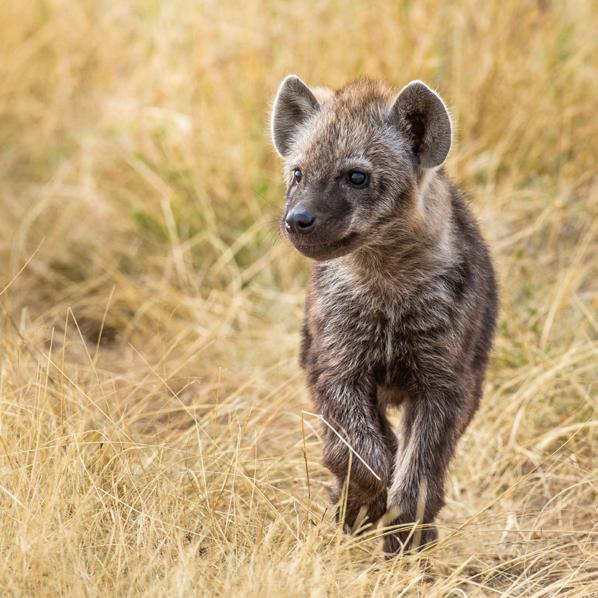
EQUIPPED WITH ROBUST JAWS AND AN INCREDIBLE BITE FORCE, HYENAS POSSESS EXCEPTIONAL BONE-CRUSHING ABILITIES.
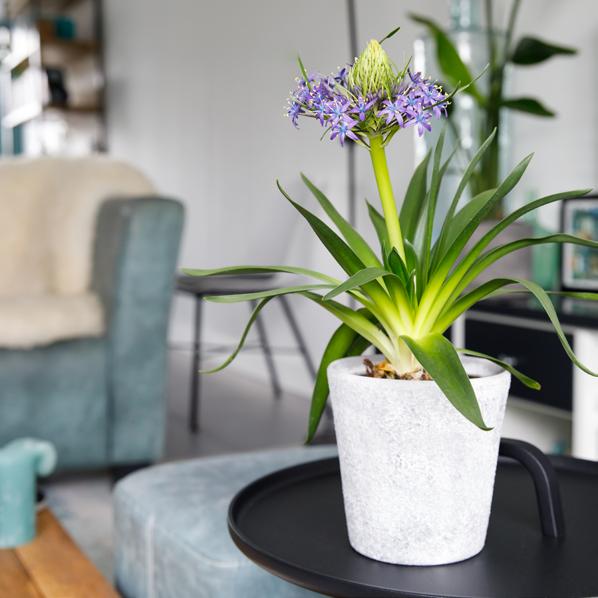
SCILLA PERUVIANA, THE PORTUGUESE SQUILL, IS ALSO KNOWN AS HYACINTH-OFPERU, CUBAN-LILY OR PERUVIAN SCILLA.
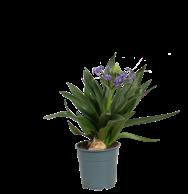
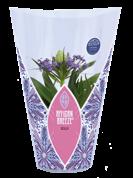


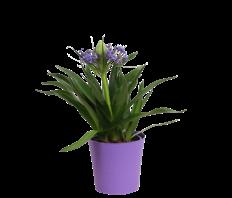




THE NAME EUCOMIS IS OF GREEK ORIGIN, EUMEANING “PLEASING” AND KOME “HAIR OF THE HEAD”
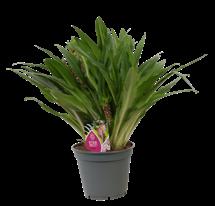

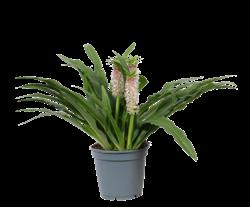

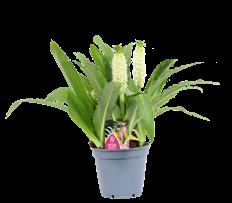
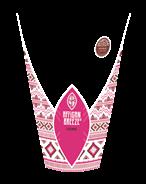

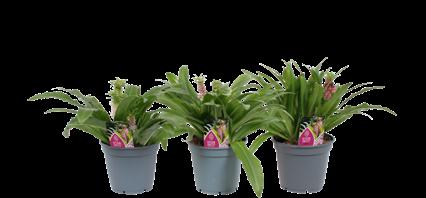



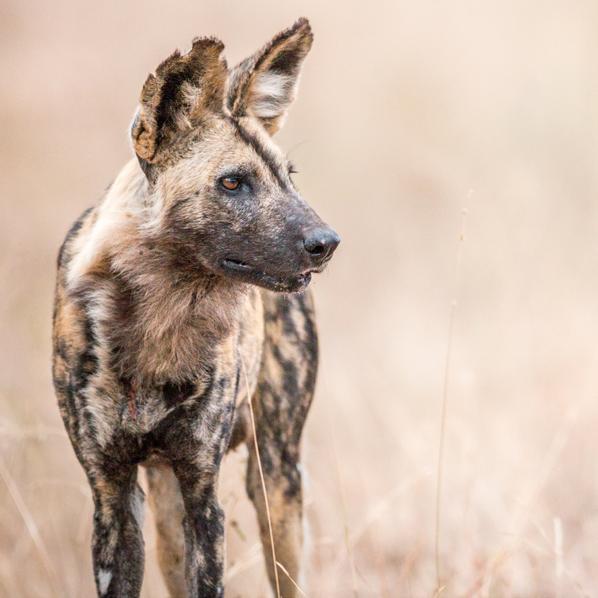
Monsterseweg 60a 2691 JJ ’s-Gravenzande
t +31 (0)174 - 413 811
e sales@vreugdenhilbp.com
w vreugdenhilbp.com
Floriday winkel
AfricanBreezePlants
VreugdenhilBulbsPlants
VreugdenhilBulbsPlants